|
ID |
Nickname |
Country / City |
Languages |
Taxonomies |
Comment |
Project / Group |
Map |
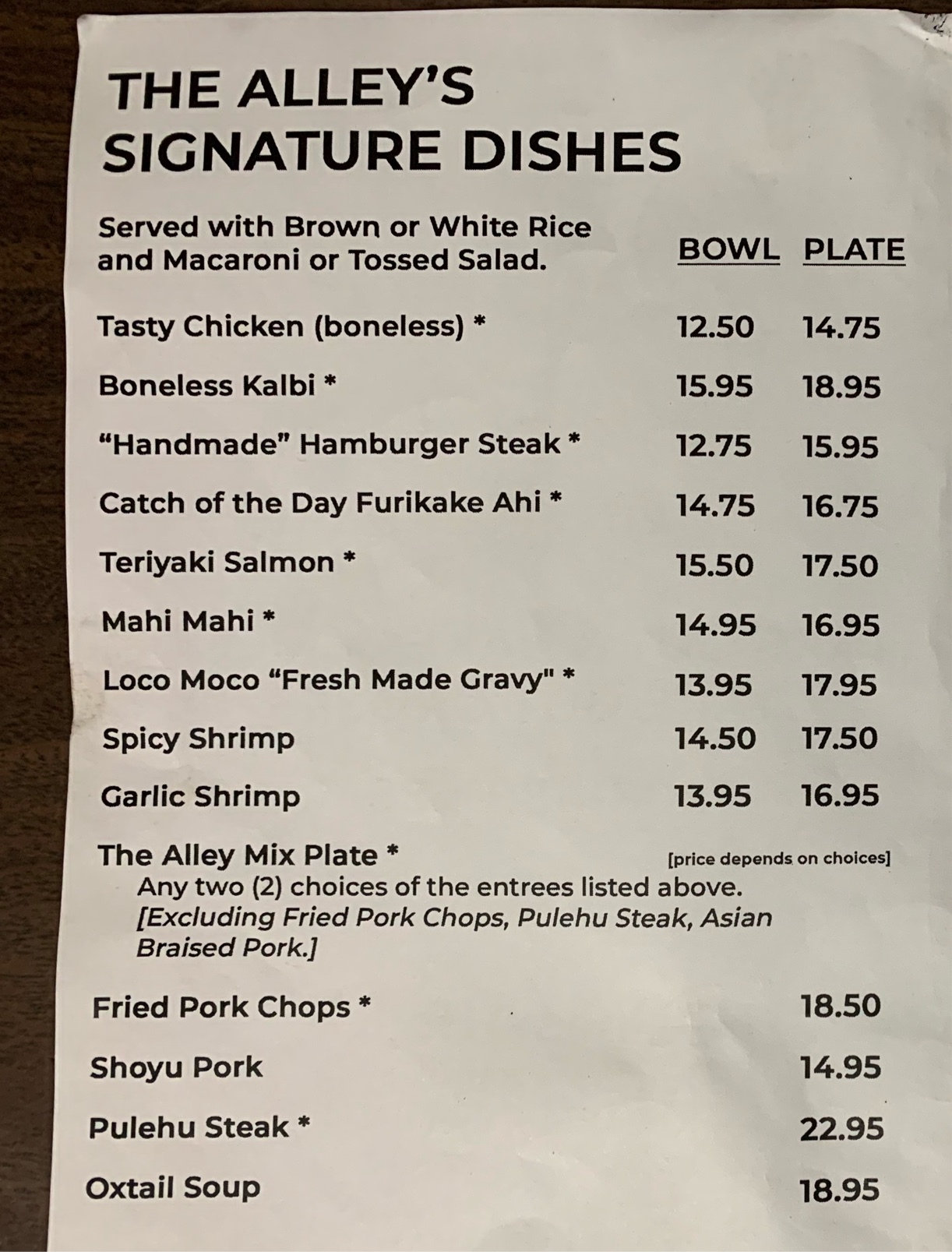
|
43383
|
|
United States
Aiea
|
|
|
NIP
|
Multilingual Hawaiʻi
|
|
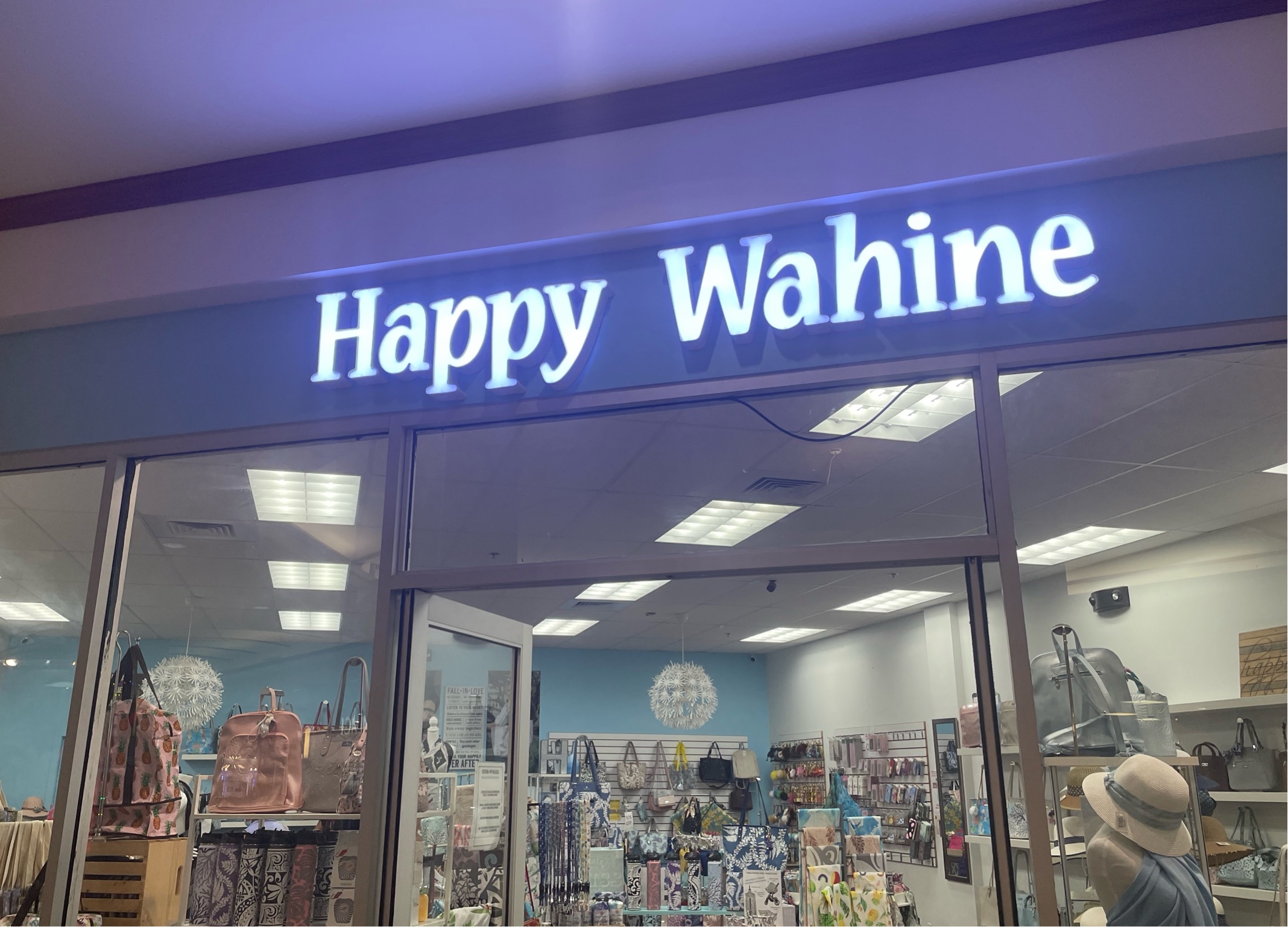
|
43895
|
|
United States
Aiea
|
|
|
EL-S Domain: Pearlridge Center Uptown
Purpose: It’s a local owned store, and the owner makes these Hawaiian designs herself.
Audience: Mostly attracts tourists as well as lots of locals as well and mostly Japanese people.
|
Multilingual Hawaiʻi
|
|
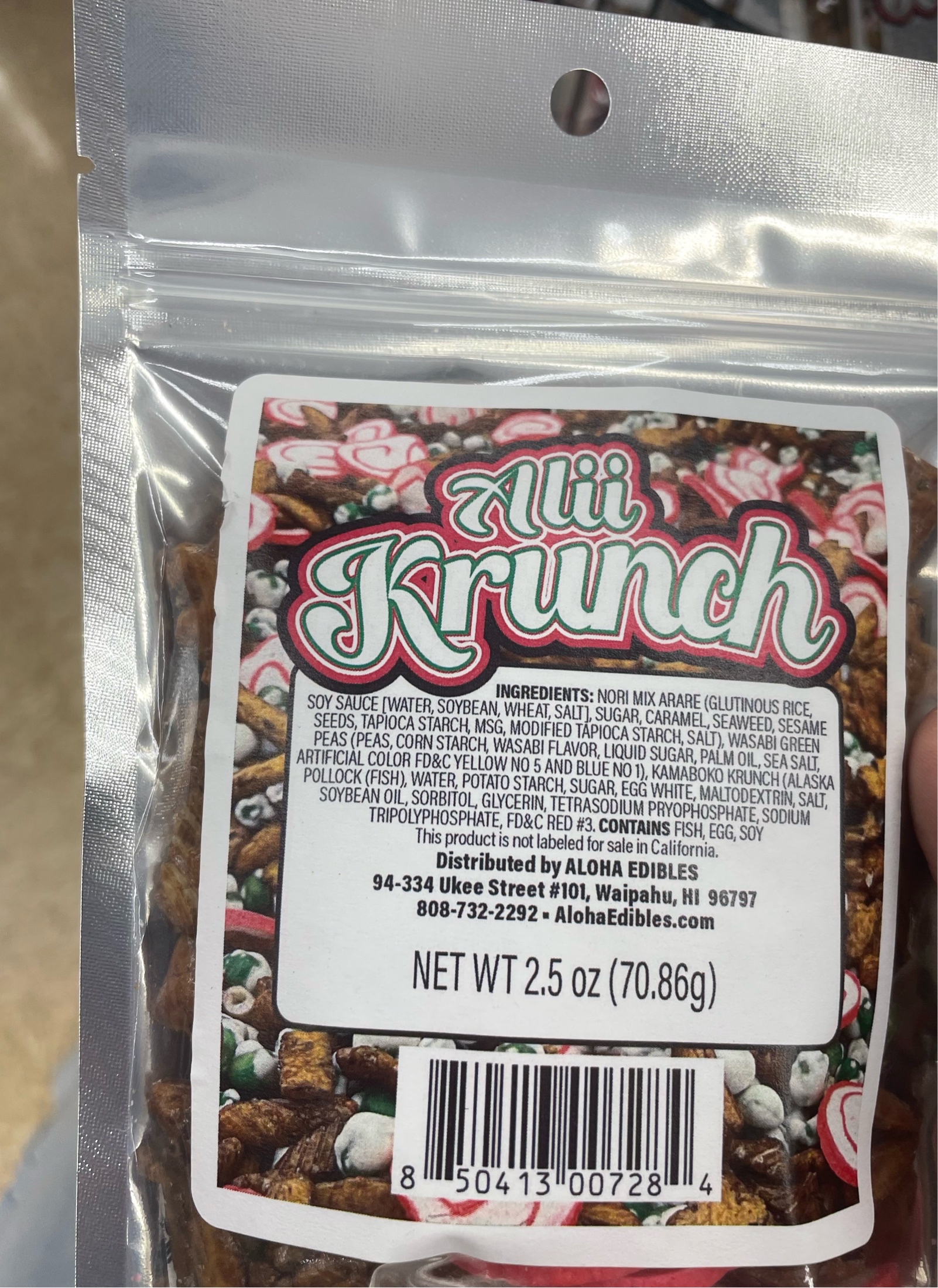
|
43896
|
|
United States
Aiea
|
|
|
EL-S Domain : Pearlridge Downtown Longs Drugs
Purpose: Ali’i means chief, this is just another delicious snack that lots of people enjoy
Audience: Those who shop and decide that they want something they want to snack on and decide on a local treat.
|
Multilingual Hawaiʻi
|
|
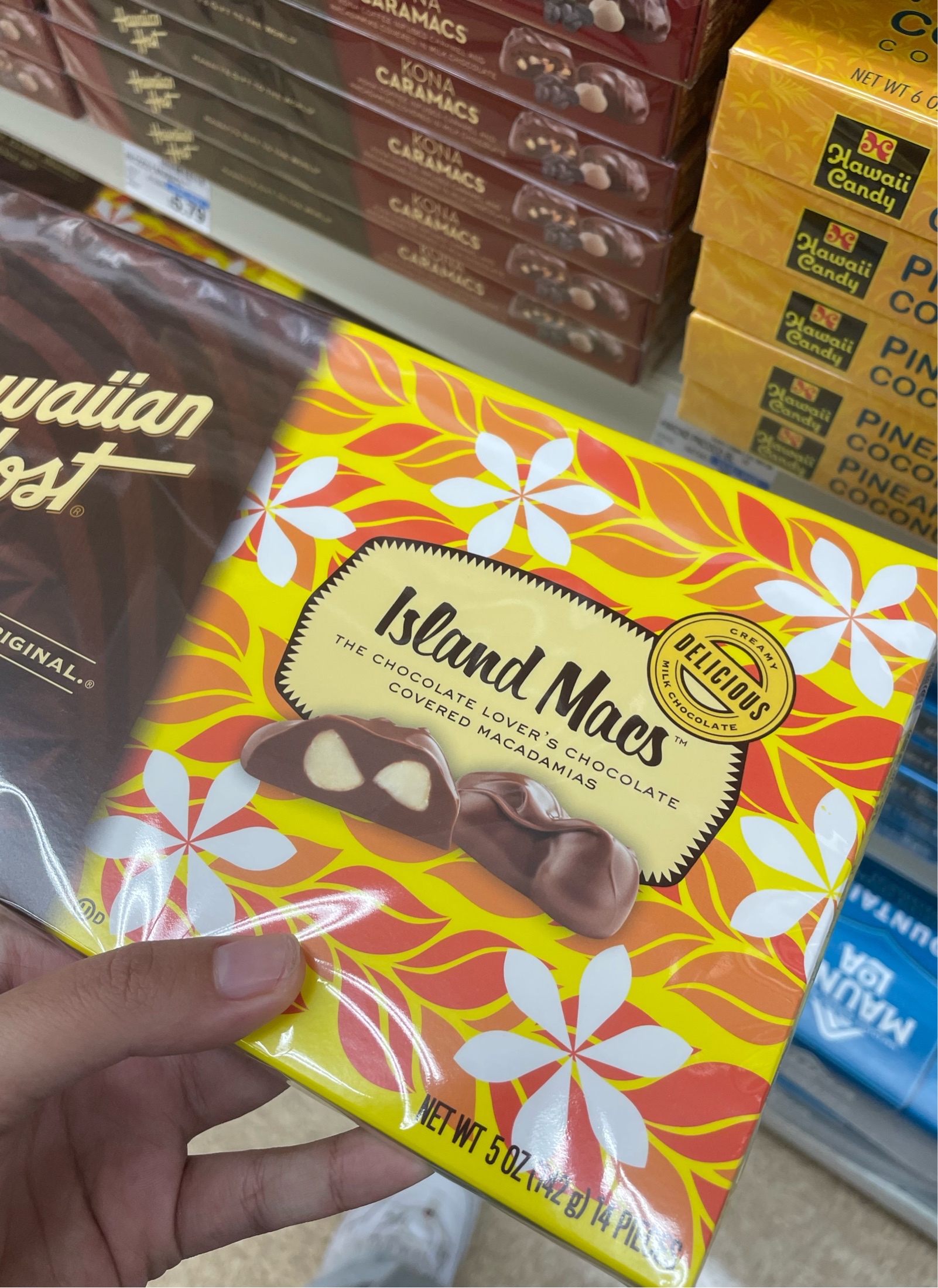
|
43897
|
|
United States
Aiea
|
|
|
EL-S Doamin: Longs Drugs Pearlridge downtown
Purpose: For someone to give or to treat themselves to an island treat they might not have had before
Audience: Those who are looking to get something for the family as a gift and share with them.
|
Multilingual Hawaiʻi
|
|
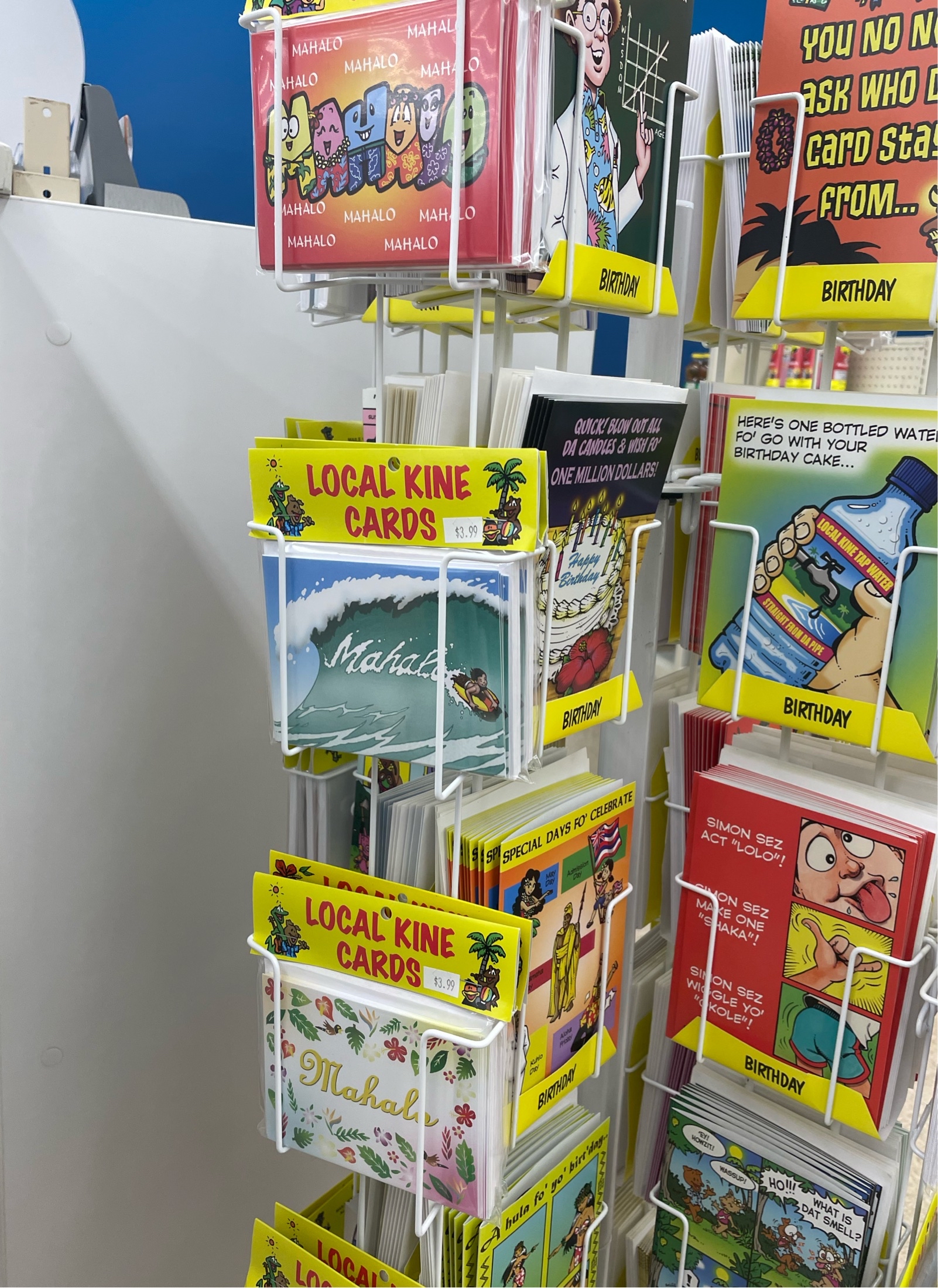
|
43898
|
|
United States
Aiea
|
|
|
EL-S Domain: Pearlridge Longs Drugs
Purpose : To give to your family or friends, for a birthday or gathering
Audience; Family members or friends who might be local and want their members to have a fun time while reading the card.
|
Multilingual Hawaiʻi
|
|
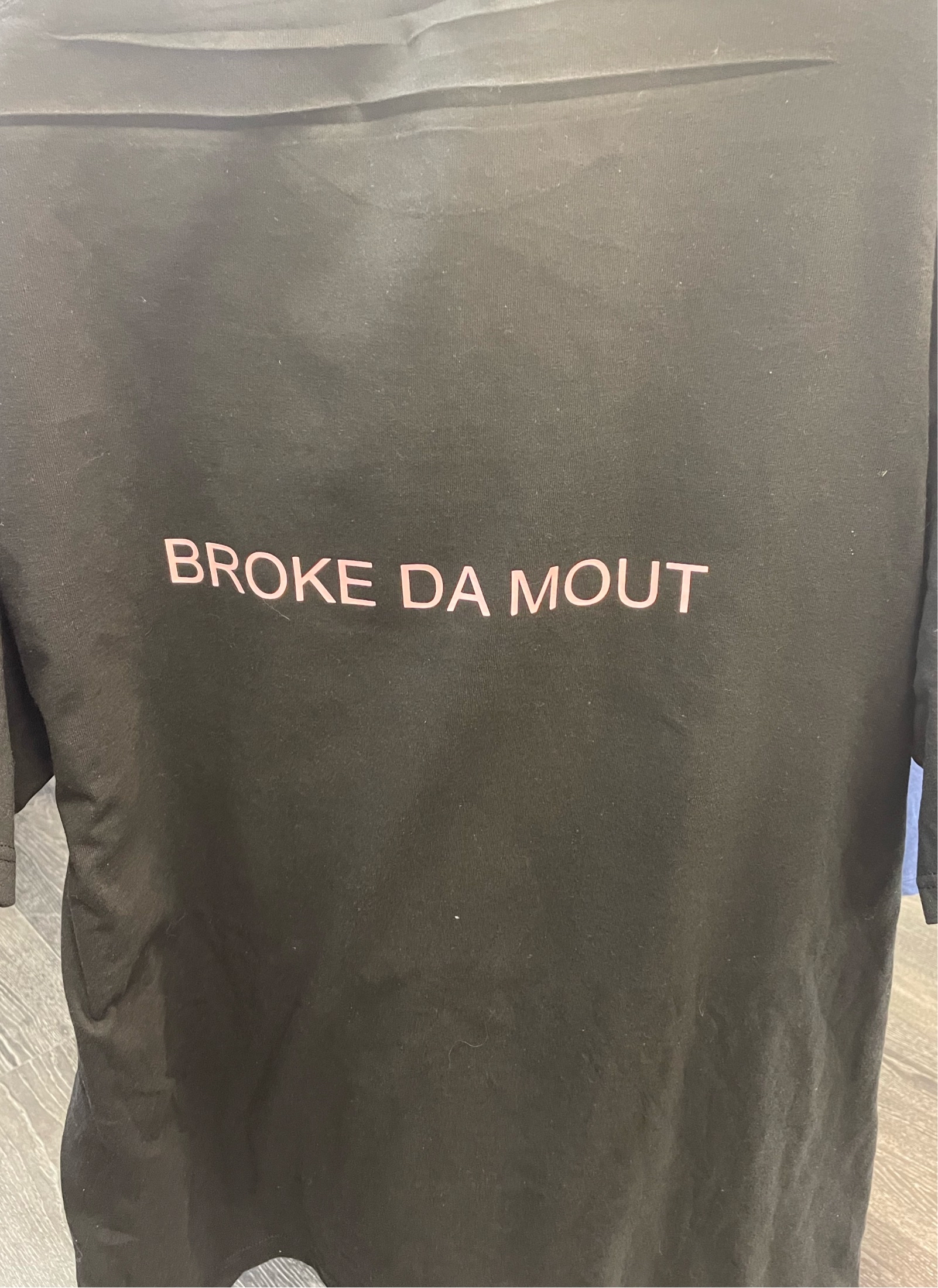
|
43899
|
|
United States
Aiea
|
|
|
EL-S Domain: Pealriddge Uptown, Custom tees
Purpose; you can create your own shirts, and you can have family names, or whatever you want.
Audience: Mostly people who want to celebrate birthdays and put their family names on there and those who have passed.
|
Multilingual Hawaiʻi
|
|
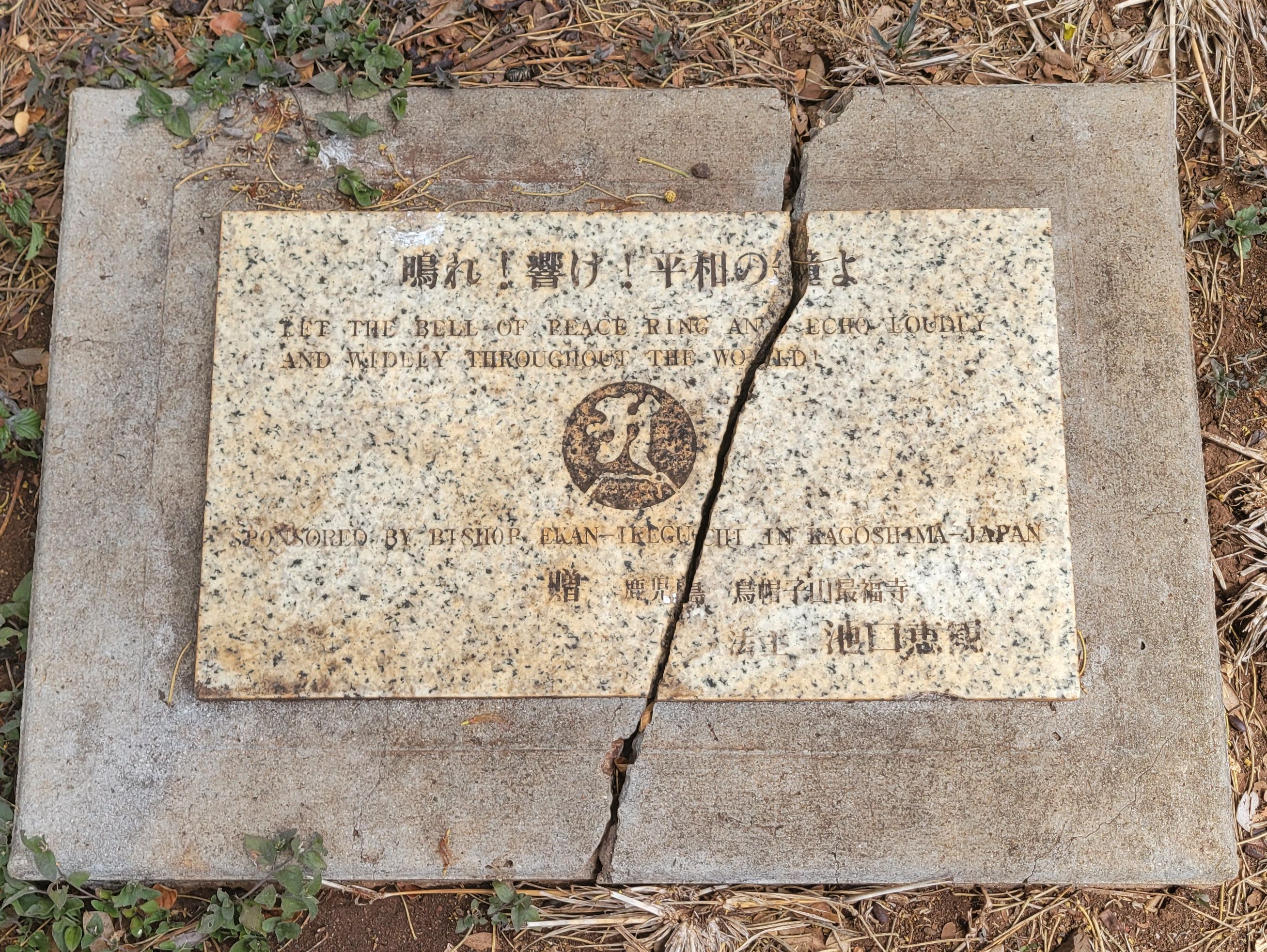
|
118145
|
kyp
|
United States
Aiea
|
|
|
Japanese Peace Bell
Located on Neal S. Blaisdell Park
|
Multilingual Hawaiʻi
|
|
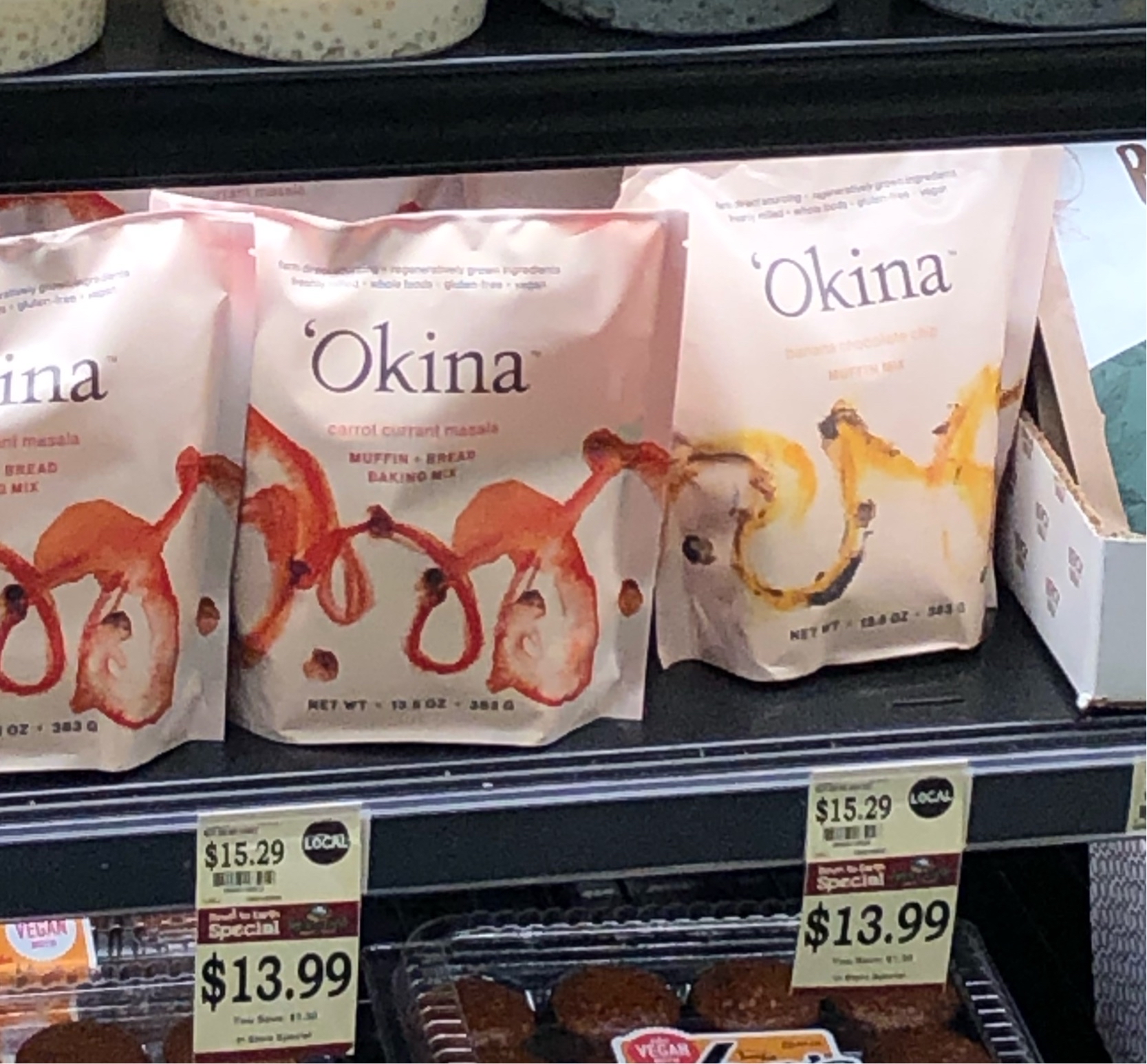
|
47236
|
|
United States
Aiea
|
|
|
This photo was taken in Down to Earth’s Pearlridge location, displaying the brand “‘Okina.” The brand might use Hawaiian to automatically signify to consumers that they are locally owned. This is in the retail domain, and is probably seen by mostly local people. SM
|
Multilingual Hawaiʻi
|
|

|
47239
|
|
United States
Aiea
|
|
|
This photo was taken in Down to Earth’s Pearlridge location. The product displayed is called “Fruit In Da Coconut,” using Pidgin. The company may be using this name to make their product seem more local or traditional. Mostly locals will see this product at the grocery store. SM
|
Multilingual Hawaiʻi
|
|
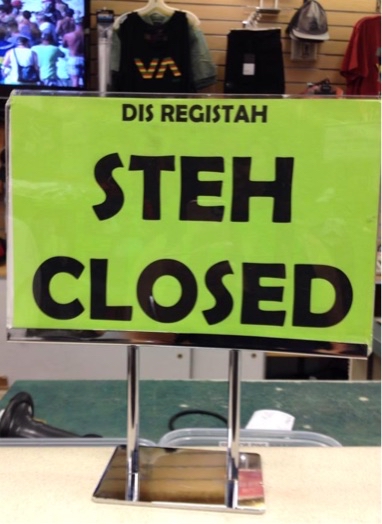
|
39048
|
|
United States
Aiea
|
|
|
dis registah steh closed
|
Multilingual Hawaiʻi
|
|
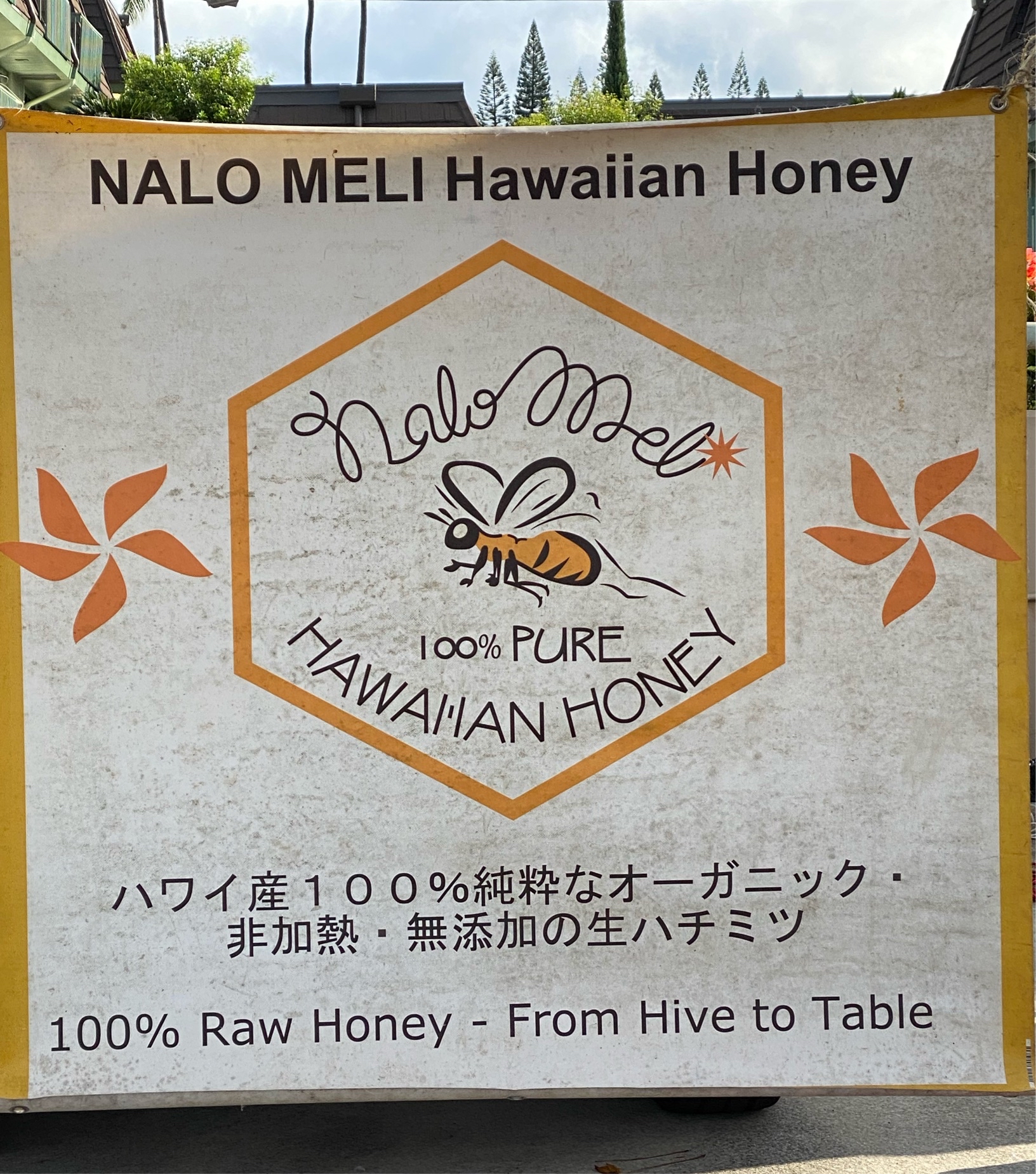
|
38578
|
|
United States
Aiea
|
|
|
—
|
Multilingual Hawaiʻi
|
|
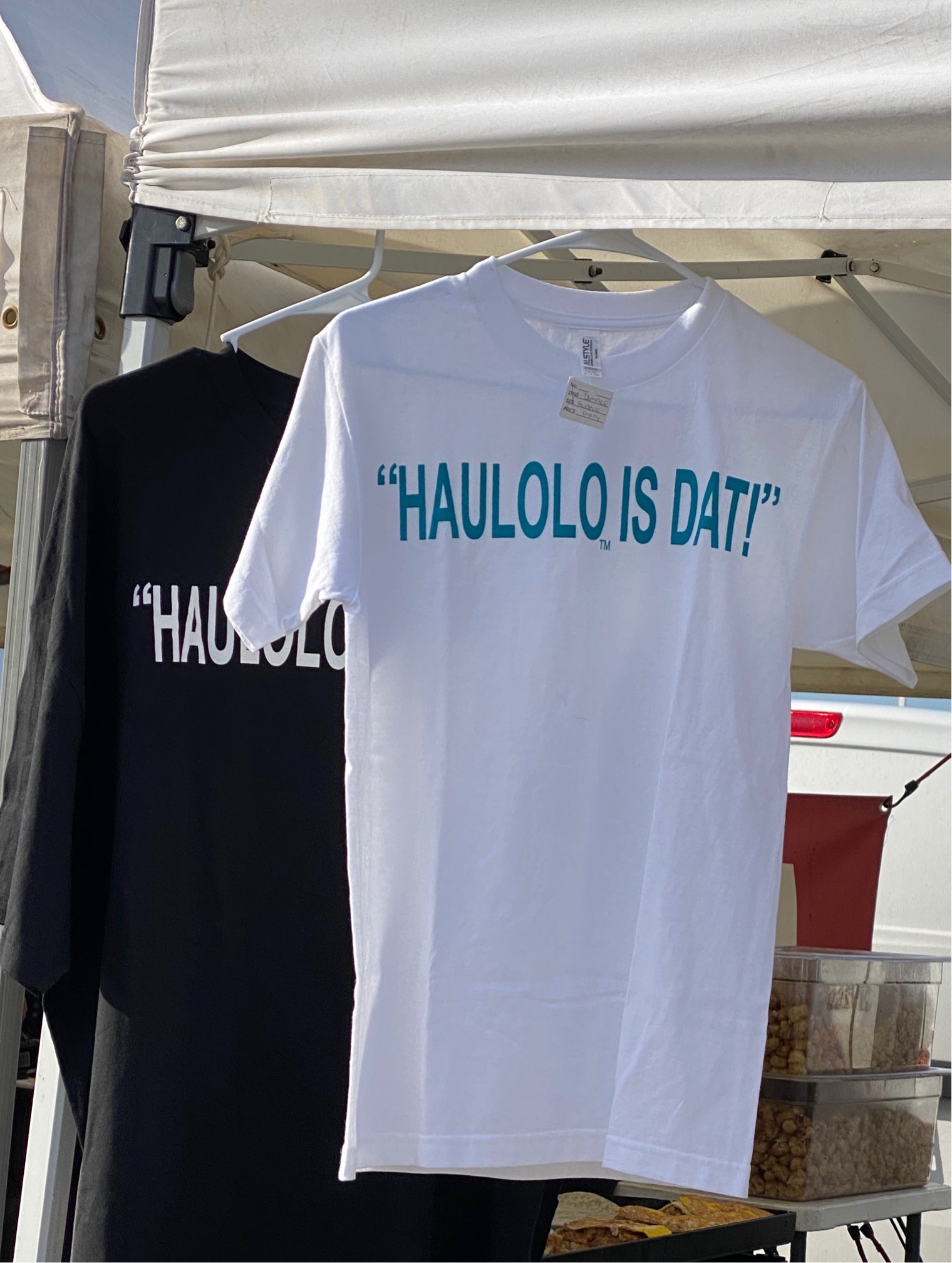
|
38579
|
|
United States
Aiea
|
|
|
—
|
Multilingual Hawaiʻi
|
|
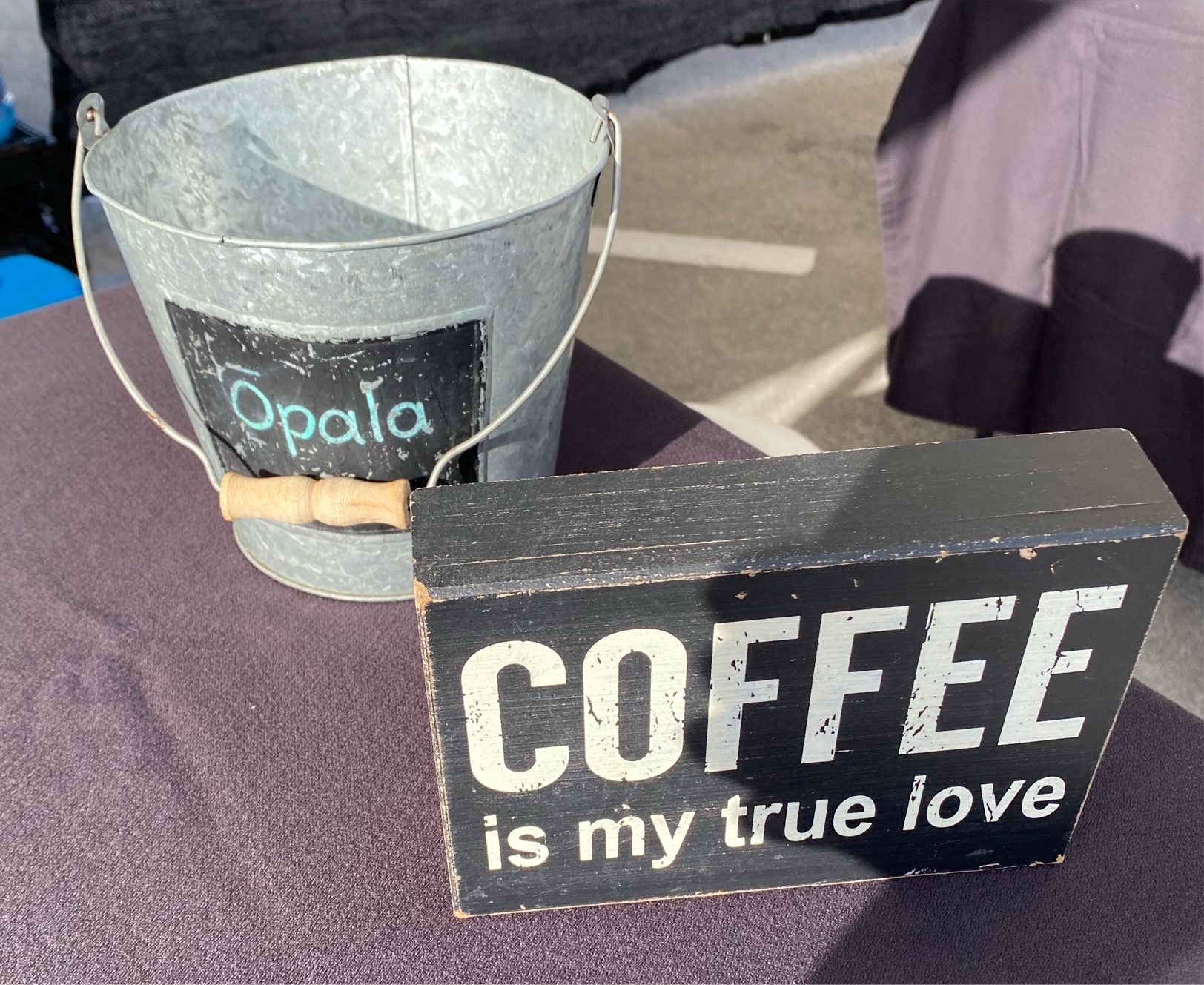
|
38580
|
|
United States
Aiea
|
|
|
—
|
Multilingual Hawaiʻi
|
|
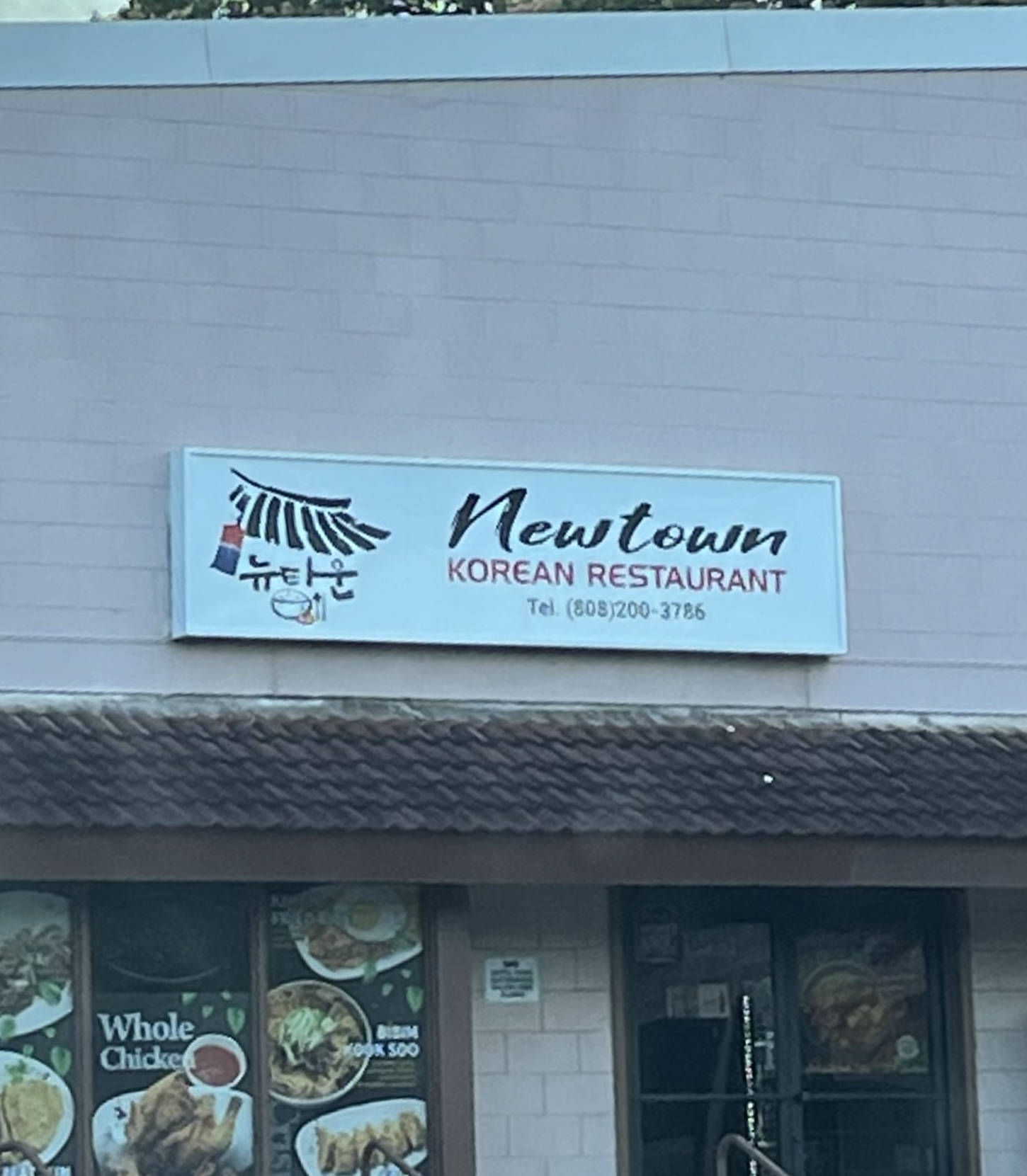
|
134344
|
charrr
|
United States
Aiea
|
|
|
Walking past this town that had a sign in both Korean and English, made me aware of how multilingualism is a daily part of life when living in Hawai’i. As I continue to reflect about the different languages in Hawai’i, it made me realize how much of a melting pot our community is. It had the Korean language big and broad, showing that even in such an environment, these languages are the norm and are here to stay. Recognizing multilingualism in public spaces like this, is another way that language can connect others in a meaningful way, and expand across cultures.
|
Multilingual Hawaiʻi
|
|
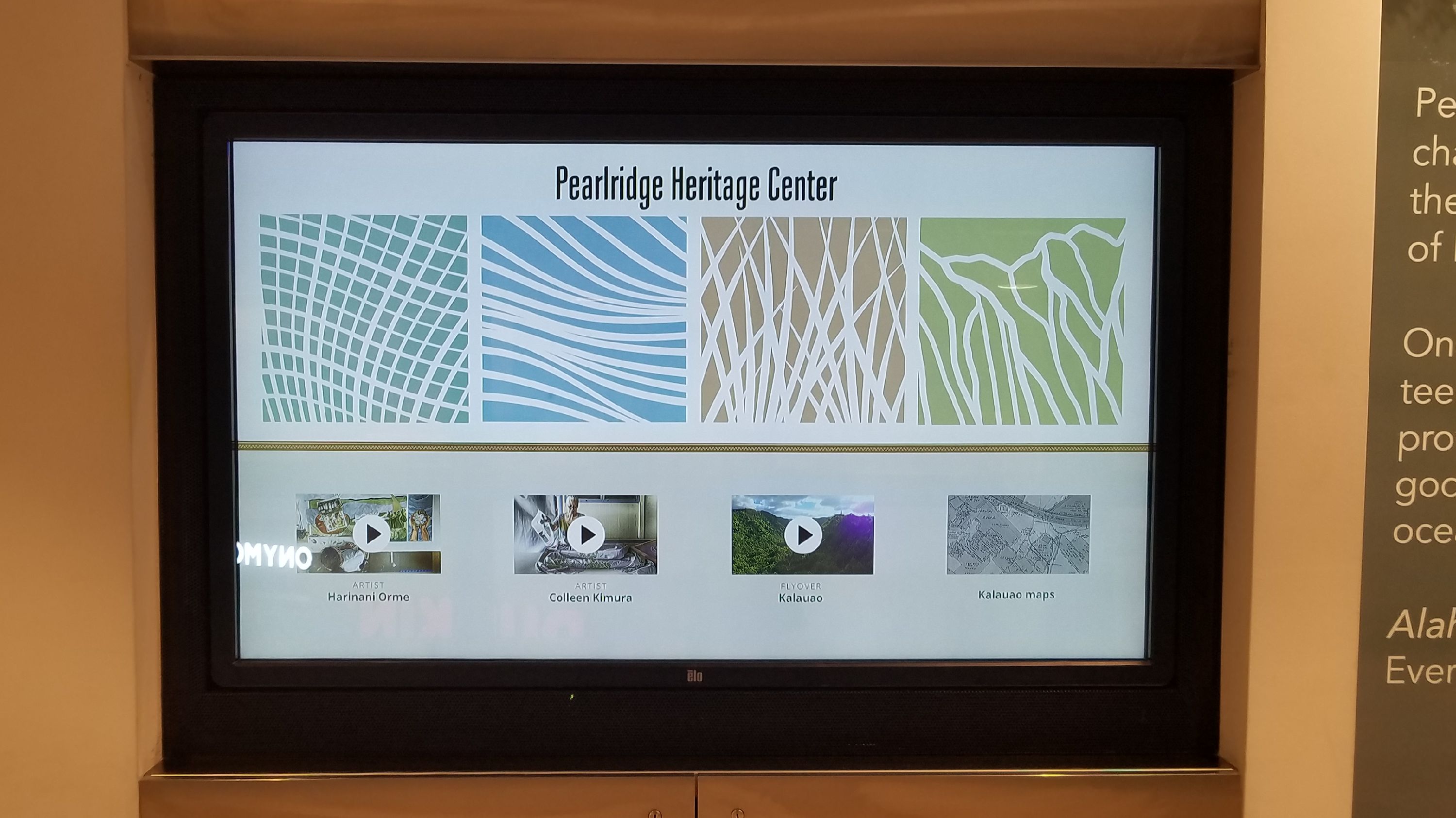
|
26834
|
|
United States
Aiea
|
|
|
Pearlridge Heritage Center
|
Multilingual Hawaiʻi
|
|
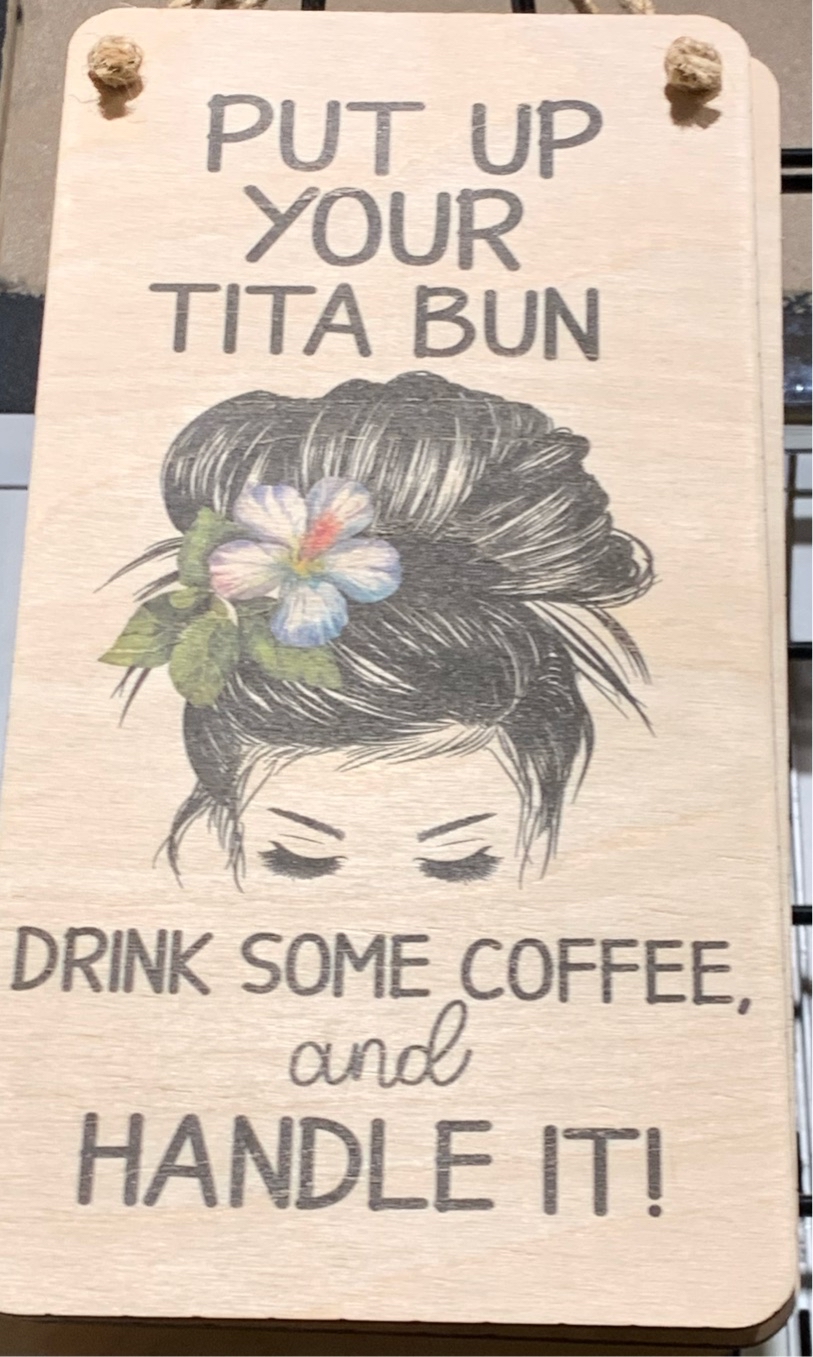
|
44001
|
|
United States
Aiea
|
|
|
This is an example of pidgin a “Titta bun” being a hairstyle for many local women. It’s printed onto a wooden plaque as a sellable object so it’s more a permanent decoration in someone’s house used to attract more local customers.
NIP
|
Multilingual Hawaiʻi
|
|
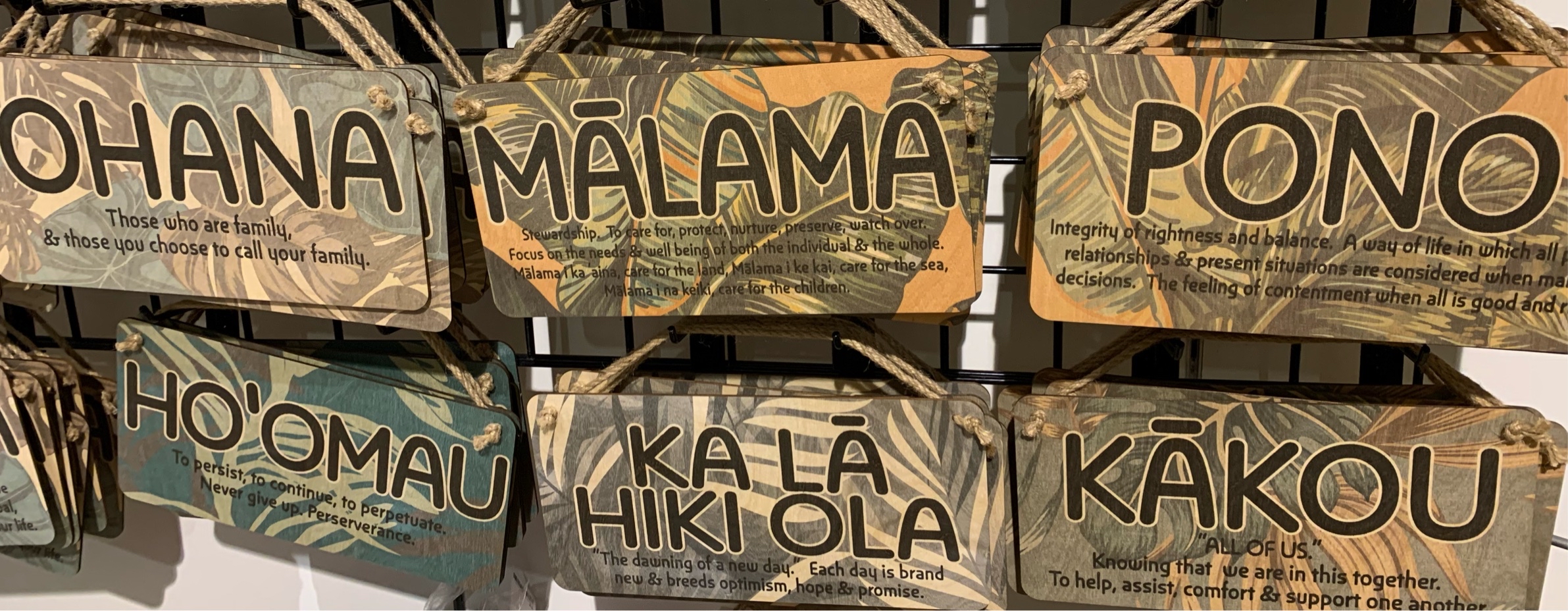
|
44002
|
|
United States
Aiea
|
|
|
This is an example of Hawaiian, giving many words that are pretty central to local/Hawaiian culture. It’s a painted plaque so probably a more permanent decoration. It’s probably an appealing item for both locals and tourists.
NIP
|
Multilingual Hawaiʻi
|
|
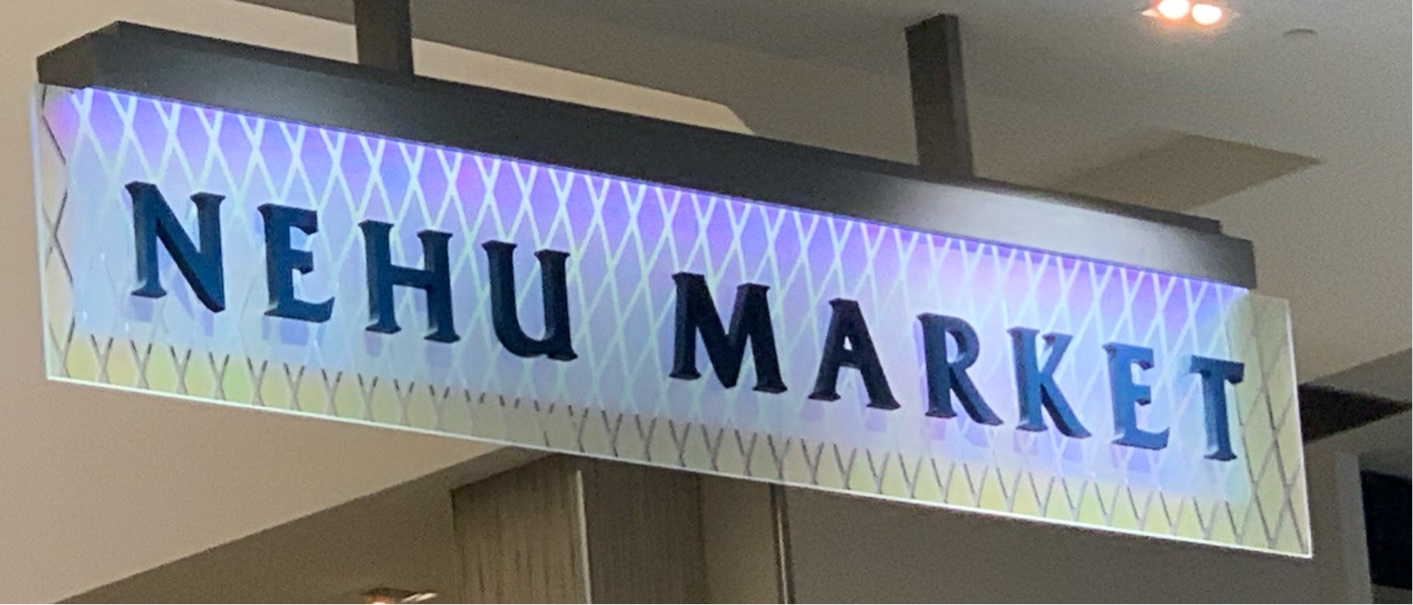
|
44003
|
|
United States
Aiea
|
|
|
This is an example of Hawaiian. It’s a sign of metal made letters so it’s a permanent placement. It means small anchovy which fits for the small food court at the top of Pearl ridge downtown side. It’s probably just good decoration and metaphor for the area appealing to both locals and tourists.
NIP
|
Multilingual Hawaiʻi
|
|
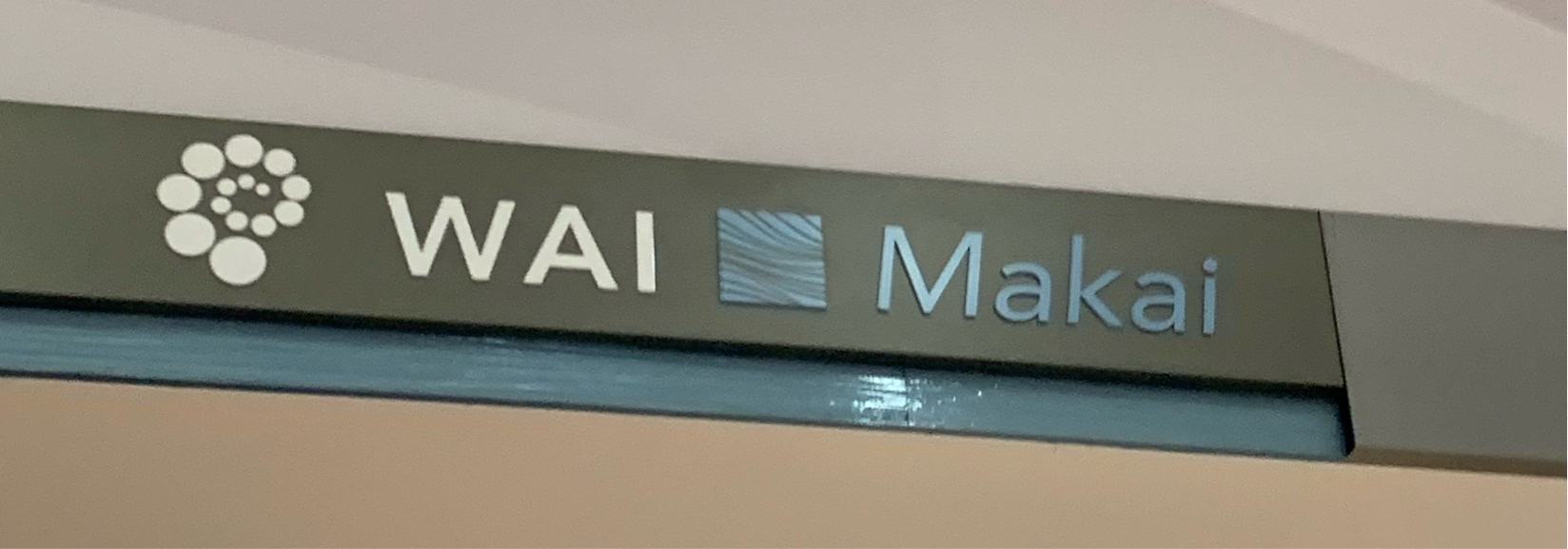
|
44004
|
|
United States
Aiea
|
|
|
This is an example of Hawaiian. It’s a metal sign so it’s a more permanent fixture. Wai means water, makai means towards the ocean, that’s why the sign is blue with a wave picture. It appeals to both tourists and locals for direction and learning.
NIP
|
Multilingual Hawaiʻi
|
|
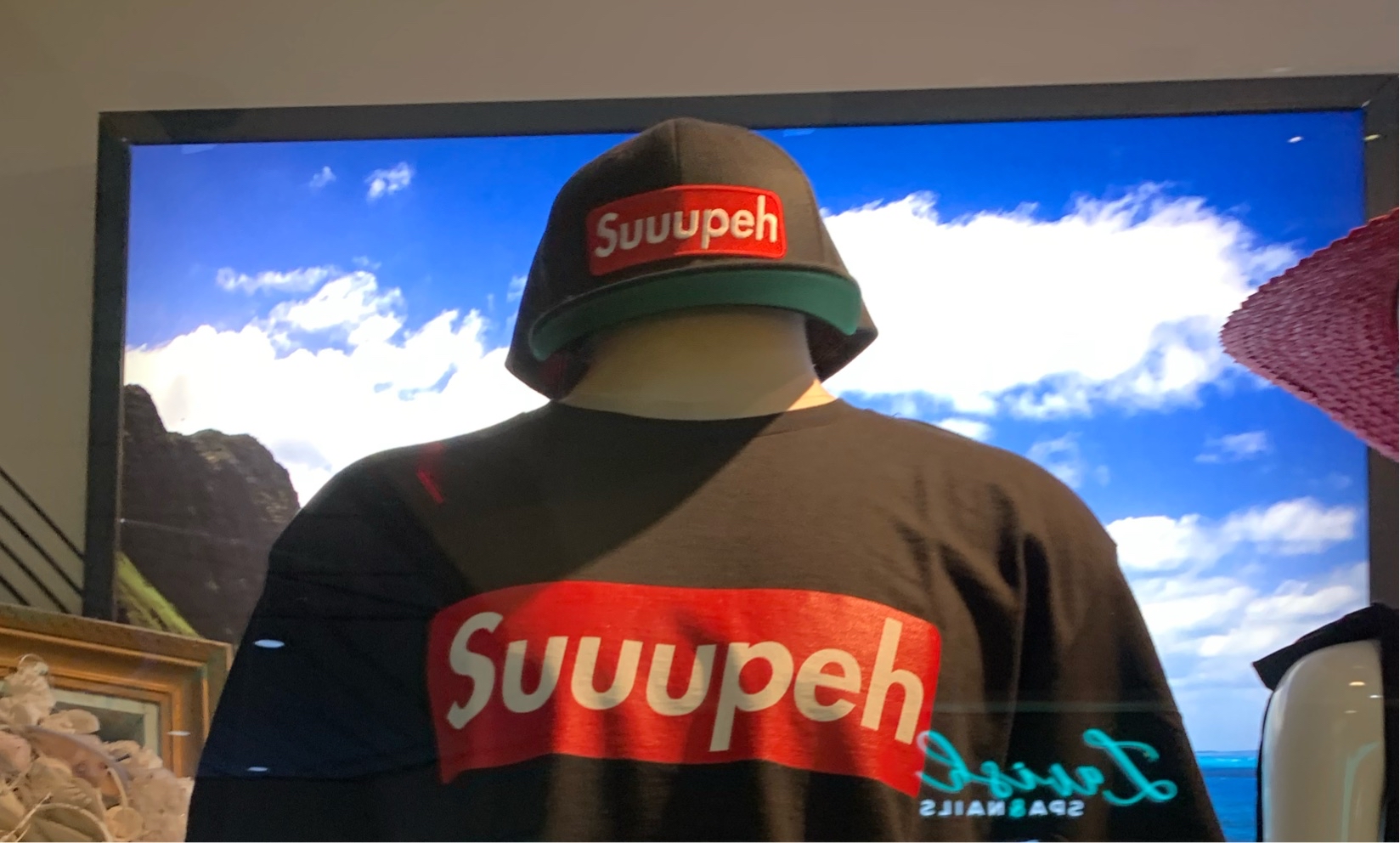
|
44005
|
|
United States
Aiea
|
|
|
This is an example of pidgin. Suupeh being the “kiai”/shout of local fighters. This is a print on a shirt so it’s more of an item to sell This is a more appealing item for locals who have heard a lot of fights in school.
NIP
|
Multilingual Hawaiʻi
|
|